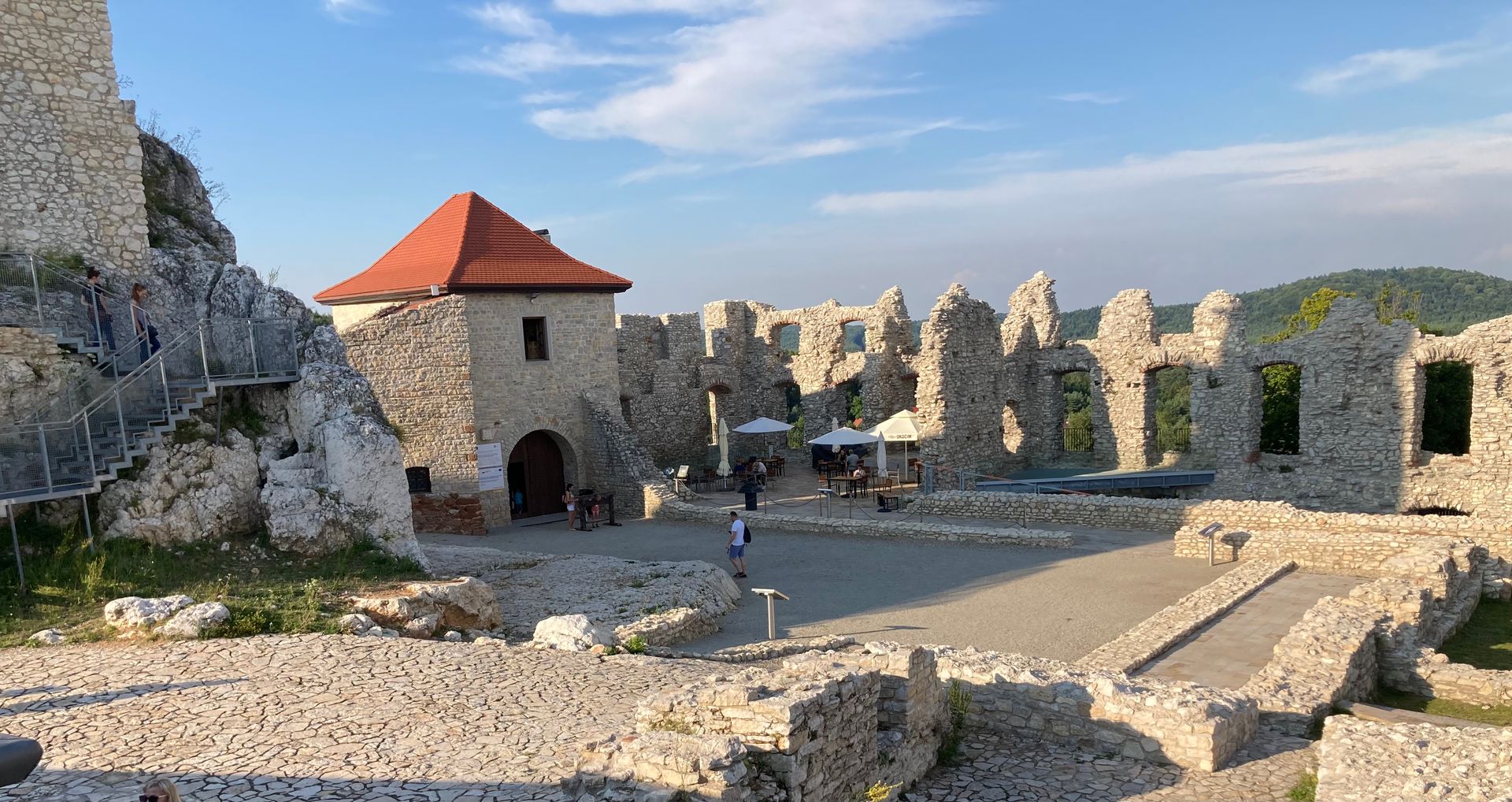Rabsztyn Castle
7.86

Overview
Rabsztyn Castle, located on Rabsztyn Hill in the Lesser Poland Voivodeship, is a notable architectural and historical site that was part of the so-called Trail of the Eagles' Nests. Originally built in the Gothic style, the castle consists of three parts: upper, middle, and lower. The main tower, octagonal in shape, was extended in the 15th century, while the middle castle is characterized by its walls and entrance gate. The lower castle featured a drawbridge, a moat, and a palace constructed at the turn of the 16th and 17th centuries.
The history of the castle dates back to the 13th century, with the first written records from 1396, when it served as a border outpost and the seat of starosts, protecting the trade route from Kraków to Wrocław. Over the centuries, the castle changed hands multiple times, including ownership by the Melsztyński and Tęczyński families. Due to armed conflicts, such as those involving the Hussites, King Władysław III of Varna took control of the castle. Later, it passed into the hands of the Boner family, who held the office of starosts for several generations.
In the 17th century, during the Swedish Deluge, the castle was devastated. Attempts at reconstruction proved unsuccessful, leading to its eventual abandonment. Today, the castle is a tourist destination, hosting annual knight tournaments and historical reenactments. Its picturesque ruins and adaptation for cultural events attract numerous visitors.
The etymology of the name "Rabsztyn" derives from the German word "Rabenstein," referencing the presence of ravens in the area. The castle ruins were also featured in the film *Karol: A Man Who Became Pope*. The site is managed by the Rabsztyn Castle Association and the Olkusz City and Commune Office, which carries out adaptive works to preserve and promote this historical treasure.
Location
2025 Wizytor | All Rights Reserved